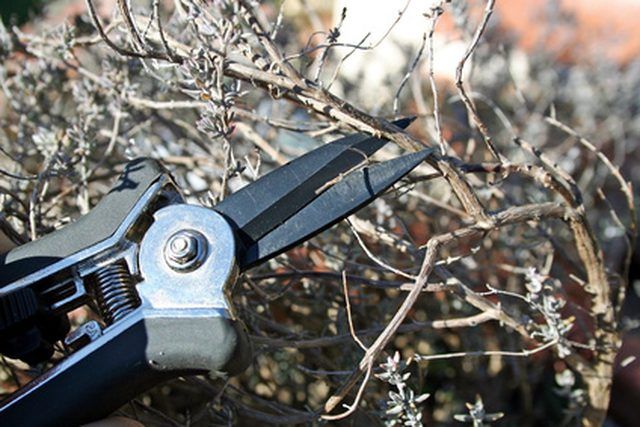Bulbs
Flower Basics
Flower Beds & Specialty Gardens
Flower Garden
Garden Furniture
Garden Gnomes
Garden Seeds
Garden Sheds
Garden Statues
Garden Tools & Supplies
Gardening Basics
Green & Organic
Groundcovers & Vines
Growing Annuals
Growing Basil
Growing Beans
Growing Berries
Growing Blueberries
Growing Cactus
Growing Corn
Growing Cotton
Growing Edibles
Growing Flowers
Growing Garlic
Growing Grapes
Growing Grass
Growing Herbs
Growing Jasmine
Growing Mint
Growing Mushrooms
Orchids
Growing Peanuts
Growing Perennials
Growing Plants
Growing Rosemary
Growing Roses
Growing Strawberries
Growing Sunflowers
Growing Thyme
Growing Tomatoes
Growing Tulips
Growing Vegetables
Herb Basics
Herb Garden
Indoor Growing
Landscaping Basics
Landscaping Patios
Landscaping Plants
Landscaping Shrubs
Landscaping Trees
Landscaping Walks & Pathways
Lawn Basics
Lawn Maintenance
Lawn Mowers
Lawn Ornaments
Lawn Planting
Lawn Tools
Outdoor Growing
Overall Landscape Planning
Pests, Weeds & Problems
Plant Basics
Rock Garden
Rose Garden
Shrubs
Soil
Specialty Gardens
Trees
Vegetable Garden
Yard Maintenance
How to Trim Sage Plants
How to Trim Sage Plants. Many plants have sage in the common name, but the herb grown most often for culinary purposes is Salvia officinalis. This sage is a cold-hardy perennial that grows to about two feet tall. It has grayish-green leaves and a distinct sage smell. Sage, like many other herbs, grows better with occasional trimming or pruning....

Many plants have sage in the common name, but the herb grown most often for culinary purposes is Salvia officinalis. This sage is a cold-hardy perennial that grows to about two feet tall. It has grayish-green leaves and a distinct sage smell. Sage, like many other herbs, grows better with occasional trimming or pruning. This pruning has a double benefit in making the plant stronger and more vigorous and providing fresh sage for cooking.
Things You'll Need
Sharp knife, scissors or pruning shears
Cut back sage plants in the spring. Cut the branches to just above a fork. Springtime is when you should shape sage plants, so prune them according to your idea of how you want them to look.
Prune sage plants again just before they bloom. Prune above a fork in the branch, or above a pair of leaves.
Prune as desired throughout the summer for culinary purposes and to keep the plant from getting leggy.
Let sage plants grow in the fall to let them store food for the winter. Stop pruning in late August or September.